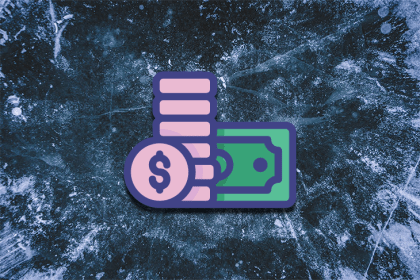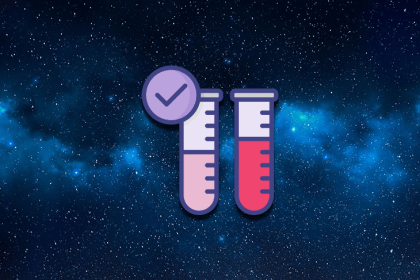
Something in the WeWork product had to fail on a fundamental level, so we’ll explore a few theories that may have paved WeWork’s demise.

PEST stands for political, economic, social, and technological factors that can have a significant impact on your business.

Konstantinos Koudigkelis, VP of Product at F. Schumacher & Co., talks about what motivates buyers — and, just as importantly, what enables sellers — in a well-established ecommerce marketplace.

This article will go over the basics of growth and where and when to place focus when building a new product or feature.

A good hypothesis comes from a supposed solution to a specific product risk, but you also need to have measurable confidence.

Brian Tajo, Vice President, Group Product Manager at Elavon, discusses the soft skills that help product managers succeed in their roles.

A value proposition canvas is a great tool to utilize when creating a new feature, entering a new market, or testing product market fit.

Shift left is a methodology based on moving tasks, processes, and responsibilities to earlier in the development process.

Sai Vishnubhatla shares how his team is creating customized customer experiences in a highly regulated industry.

Intuit announced that it’s shutting down its popular budgeting app, Mint. Let’s look at some reasons why from a product management POV.

Product leader Roger Wigenstam breaks down his approach to customer, competitor and market research and opens up about a life-changing event.

A company’s product mix refers to its portfolio of product lines, services, and individual products available for purchase or subscription.